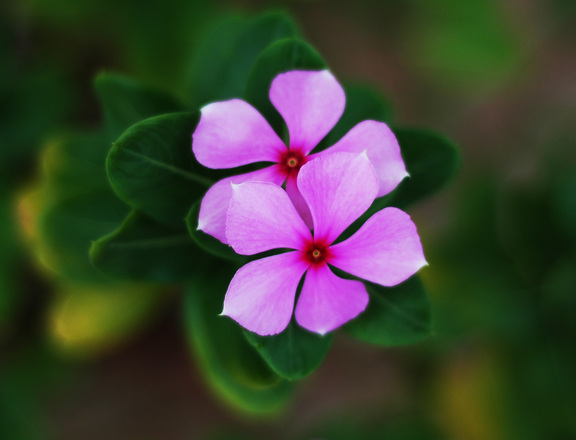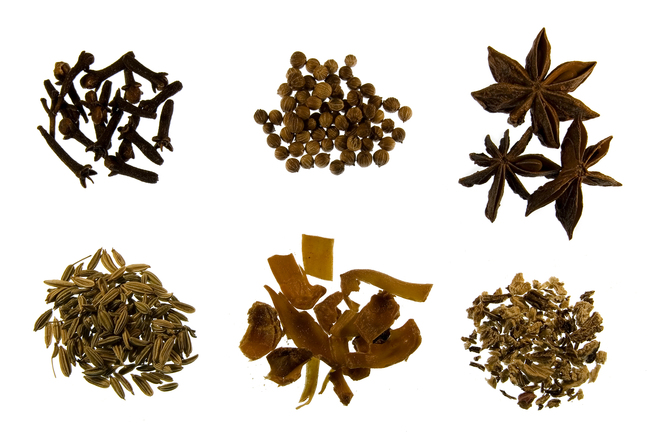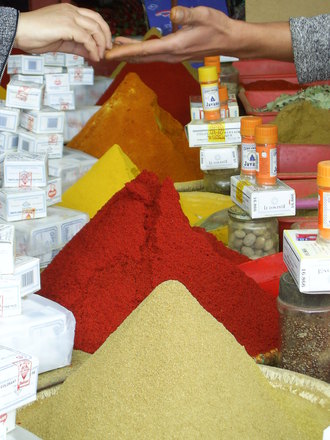Heart health, gut microbiota and diet are closely linked in ways we are just beginning to understand. It is well-known that diet can alter microflora balance and tip the scales toward a pro-inflammatory status affecting heart health, but new research has uncovered other interesting links between gut and heart health. A 2015 study published in Metabolism found women with and without metabolic syndrome who produced equol, a gut bacteria metabolite resulting from soy consumption, enjoyed cardiovascular benefits from consuming soy nuts.1 However, non-equol producers experienced no improvement. This suggests the possibility that in order to enjoy the cardiovascular benefits from soy, a certain balance or type of gut bacteria is required.
Many nutritional interventions appear to work regardless of gut microbiota. A 2015 randomized, controlled clinical trial published in the journal Hypertension by a university group in London, found the primary active constituents of beet root are the nitrates like betain.2 In this study, 250 ml of beet root juice (compared to a placebo of nitrate-free beet juice) reliably lowered blood pressure in hypertensive patients, as well as improved endothelial function by 20 percent (p<0.001). Remarked the authors, “This is the first evidence of durable BP reduction with dietary nitrate supplementation in a relevant patient group.”
But juicers might want to keep the fiber. A study in the American Journal of Clinical Nutrition following 7,216 men and women for eight years found baseline consumption of fruits and fiber was associated with a significantly lower death rate, and those consuming the highest level of fruits (>210 g/d) had a 41-percent lower risk of mortality, which was mainly associated with cardiovascular disease.3
The questions around cardioprotective effects of whole grains continues. The Dietary Guidelines for Americans recommends at least half of our grain consumption come from whole grains, but study findings tend to be inconsistent. In a well-designed controlled crossover study in the Journal of Nutrition, which was co-authored by researchers from Nestlé and General Mills, an increase of 140 g/d in whole grain consumption did not result in significant effects in blood pressure, fecal measurements or gut microbiology.4
Studies like this one lead to more questions than answers, such as whether the “gold standard” randomized controlled trial is adequate to measure effects of interventions such as whole grains, especially when it is difficult to control every possible mitigating factor (such as the elimination of whole grains from subjects’ diet during the washout period). Perhaps the type of whole grain was a factor as well, but some also suggest that a lack of effect also illustrates why simply eating a balanced diet according to prevailing nutrition recommendations may not be sufficient to impact health, especially as we age.
Lest we forget that diet does not exist in a vacuum, there are a number of psychological and social factors that impact nutrition and cardiovascular outcomes. In the Cardiovascular Risk in Young Finns Study published in Circulation, 1,089 children were followed for 27 years, which resulted in a fantastic dataset.5 Higher ratings of emotional, parental health and self-control behavior patterns in children resulted in a significantly better cardiovascular risk rating as adults. Although the study did not focus on specific nutritional aspects, it may be worth our time as an industry to consider ways to integrate dietary interventions with lifelong behaviors that optimize health outcomes.
Reams of evidence suggest polyphenols support cardiovascular health. A recent six-week controlled clinical trial in Portugal was published in the American Journal of Clinical Nutrition, which compared the effects of two olive oils containing different levels of polyphenols on proteomic biomarker scores related to coronary artery disease.6 The findings were surprising: the olive oil lower in polyphenols was slightly more effective than the enriched olive oil. Could there be other compounds in olive oil other than polyphenols responsible for its well-known health benefits?
Regardless, the research on polyphenols continues, with berries as the main focus. Ongoing trials on polyphenols from colored berries and flowers, based on a search of ClinicalTrials.gov, include the following: a study on a hibiscus extract beverage on cardiovascular and endothelial health, which completed in February 2015; another study on a chokeberry extract in former smokers, to complete in May; and another study on cranberry extract in obese, insulin-resistant humans at Pennington Biomedical Research Center, anticipated to complete in July.
On berries, a study published in Italy in April 2015 found that a formulation of white mulberry leaf extract, berberine and red yeast rice both lowered low-density lipoprotein (LDL) and raised high-density lipoprotein (HDL) cholesterol in humans with high cholesterol not already on statins.7 This formulation was compared to a similar one without mulberry, but with astaxanthin, folic acid, policosanol and CoQ10. Based on the complexity of the formulations, it is difficult to conclude much about the contributions of each ingredient; however, the authors suggested that the mulberry extract might have made the difference for the high-performing formulation.
Future research is expected to add to our increasing knowledge of how to reach the heart through the gut.
References:
1. Acharjee S et al. “Effect of soy nuts and equol status on blood pressure, lipids and inflammation in postmenopausal women stratified by metabolic syndrome status.” Metabolism. 2015 Feb;64(2):236-43. DOI: 10.1016/j.metabol.2014.09.005.
2. Kapil V et al. “Dietary nitrate provides sustained blood pressure lowering in hypertensive patients: a randomized, phase 2, double-blind, placebo-controlled study.” Hypertension. 2015 Feb;65(2):320-7. DOI: 10.1161/HYPERTENSIONAHA.114.04675.
3. Buil-Cosiales P et al. “Fiber intake and all-cause mortality in the Prevención con Dieta Mediterránea (PREDIMED) study.” Am J Clin Nutr. 2014 Dec;100(6):1498-507. DOI: 10.3945/ajcn.114.093757.
4. Ampatzoglou A et al. “Increased whole grain consumption does not affect blood biochemistry, body composition, or gut microbiology in healthy, low-habitual whole grain consumers.” J Nutr. 2015 Feb;145(2):215-21. DOI: 10.3945/jn.114.202176.
5. Pulkki-Råback L et al. “Cumulative effect of psychosocial factors in youth on ideal cardiovascular health in adulthood: the Cardiovascular Risk in Young Finns Study.” Circulation. 2015 Jan 20;131(3):245-53. DOI: 10.1161/CIRCULATIONAHA.113.007104.
6. Silva S et al. “Impact of a 6-wk olive oil supplementation in healthy adults on urinary proteomic biomarkers of coronary artery disease, chronic kidney disease, and diabetes (types 1 and 2): a randomized, parallel, controlled, double-blind study.” Am J Clin Nutr. 2015 Jan;101(1):44-54. DOI: 10.3945/ajcn.114.094219.
7. Trimarco V et al. “Effects of a New Combination of Nutraceuticals with Morus alba on Lipid Profile, Insulin Sensitivity and Endotelial Function in Dyslipidemic Subjects. A Cross-Over, Randomized, Double-Blind Trial.” High Blood Press Cardiovasc Prev. 2015 Apr 14.
By: Blake Ebersole
This article was first published in Natural Products Insider in June 2015



 On the other side of getting enough of the active compound absorbed to make a difference is the argument for moderation. Again, we seek to know what the relationship is between the amount of dose and the health benefit observed, and no two natural compounds are exactly alike in this way. The scientific results can be hard to predict. For example, in cell culture experiments where one biological mechanism is isolated, it is common and desirable to see the response increase as the dose increases. But for human trials, more does not always mean better. In one example, daily low dose (750 mg) of rosemary marginally improved cognitive function in elderly adults, but the higher 6-gram dose did not.4
On the other side of getting enough of the active compound absorbed to make a difference is the argument for moderation. Again, we seek to know what the relationship is between the amount of dose and the health benefit observed, and no two natural compounds are exactly alike in this way. The scientific results can be hard to predict. For example, in cell culture experiments where one biological mechanism is isolated, it is common and desirable to see the response increase as the dose increases. But for human trials, more does not always mean better. In one example, daily low dose (750 mg) of rosemary marginally improved cognitive function in elderly adults, but the higher 6-gram dose did not.4